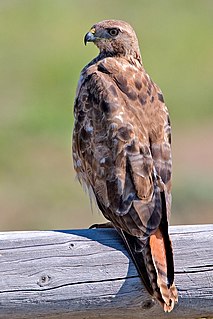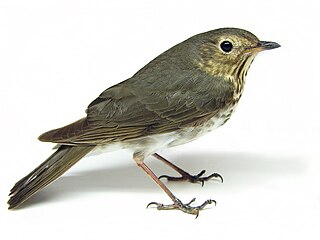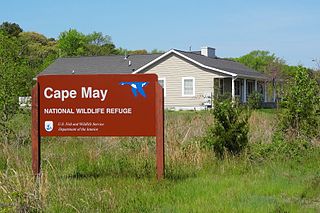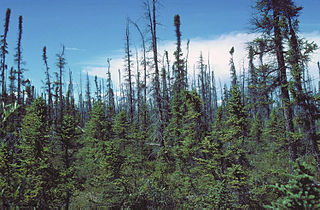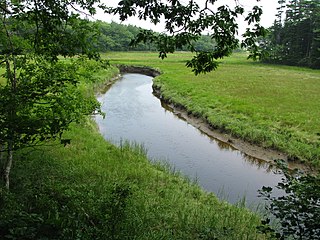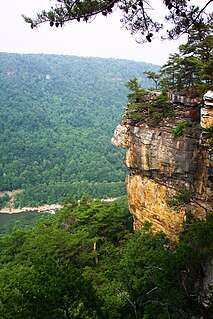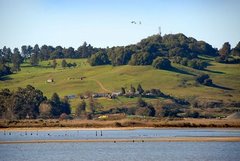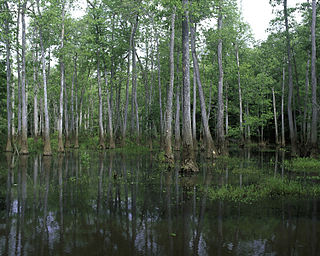| Wapack National Wildlife Refuge | |
|---|---|
IUCN category IV (habitat/species management area) | |
 | |
| Location | Hillsborough County, New Hampshire, United States |
| Nearest city | Peterborough, New Hampshire |
| Coordinates | 42°53′00″N71°51′58″W / 42.88341°N 71.86618°W [1] Coordinates: 42°53′00″N71°51′58″W / 42.88341°N 71.86618°W [2] |
| Area | 1,672 acres (6.77 km2) |
| Established | 1972 |
| Governing body | U.S. Fish and Wildlife Service |
| Website | Wapack National Wildlife Refuge |
Wapack National Wildlife Refuge is a National Wildlife Refuge of the United States located in southern New Hampshire. It was the state's first refuge and was established through a donation in 1972. The 1,672-acre (677 ha) refuge is located about 20 miles (32 km) west of Nashua, New Hampshire and encompasses the 2,278-foot (694 m) North Pack Monadnock Mountain.
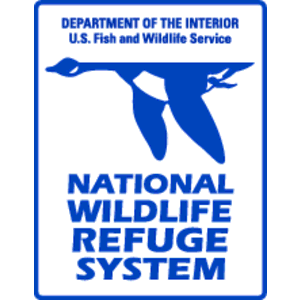
National Wildlife RefugeSystem is a designation for certain protected areas of the United States managed by the United States Fish and Wildlife Service. The National Wildlife Refuge System is the system of public lands and waters set aside to conserve America's fish, wildlife, and plants. Since President Theodore Roosevelt designated Florida's Pelican Island National Wildlife Refuge as the first wildlife refuge in 1903, the system has grown to over 562 national wildlife refuges and 38 wetland management districts encompassing more than 150,000,000 acres (607,028 km2).

New Hampshire is a state in the New England region of the northeastern United States. It is bordered by Massachusetts to the south, Vermont to the west, Maine and the Atlantic Ocean to the east, and the Canadian province of Quebec to the north. New Hampshire is the 5th smallest by area and the 10th least populous of the 50 states. Concord is the state capital, while Manchester is the largest city in the state. It has no general sales tax, nor is personal income taxed at either the state or local level. The New Hampshire primary is the first primary in the U.S. presidential election cycle. Its license plates carry the state motto, "Live Free or Die". The state's nickname, "The Granite State", refers to its extensive granite formations and quarries.

Nashua is a city in Hillsborough County, New Hampshire, United States. As of the 2010 census, Nashua had a population of 86,494, making it the second-largest city in the state after Manchester. As of 2017 the population had risen to an estimated 88,341.
Contents
A 3-mile (5 km) segment of the 21-mile (34 km) Wapack Trail passes through the refuge and provides wide views of the surrounding mountains.

The Wapack Trail is one of the oldest public, interstate hiking trails in the United States. Opened in 1923, it follows the Wapack Range north-south for 21 miles (34 km), between Mount Watatic in Ashburnham, Massachusetts and North Pack Monadnock mountain in Greenfield, New Hampshire. It is designed primarily for day use by hikers, with minimal camping facilities.
The refuge lies in the towns of Greenfield, Lyndeborough, and Temple, and is administered by the Parker River National Wildlife Refuge in Newburyport, Massachusetts.

Greenfield is a town in Hillsborough County, New Hampshire, United States. The population was 1,749 at the 2010 census. Greenfield is home to the Crotched Mountain Rehabilitation Center, to Greenfield State Park, and to part of the Wapack Trail.
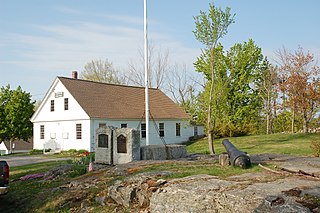
Lyndeborough is a town in Hillsborough County, New Hampshire, United States. The population was 1,683 at the 2010 census.

Temple is a town in Hillsborough County, New Hampshire, United States. The population was 1,366 at the 2010 census. It is home to Temple Mountain State Reservation, and formerly home to Temple Mountain Ski Area.


